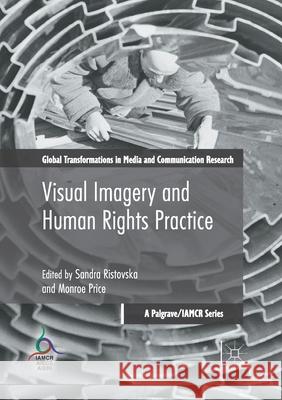Visual Imagery and Human Rights Practice » książka
topmenu
Visual Imagery and Human Rights Practice
ISBN-13: 9783030404284 / Angielski / Miękka / 2019 / 320 str.
Visual Imagery and Human Rights Practice
ISBN-13: 9783030404284 / Angielski / Miękka / 2019 / 320 str.
cena 356,42
(netto: 339,45 VAT: 5%)
Najniższa cena z 30 dni: 354,21
(netto: 339,45 VAT: 5%)
Najniższa cena z 30 dni: 354,21
Termin realizacji zamówienia:
ok. 10-14 dni roboczych.
ok. 10-14 dni roboczych.
Darmowa dostawa!
Kategorie:
Kategorie BISAC:
Wydawca:
Palgrave MacMillan
Seria wydawnicza:
Język:
Angielski
ISBN-13:
9783030404284
Rok wydania:
2019
Dostępne języki:
Numer serii:
000793492
Ilość stron:
320
Waga:
0.41 kg
Wymiary:
21.01 x 14.81 x 1.8
Oprawa:
Miękka
Dodatkowe informacje:
Wydanie ilustrowane











